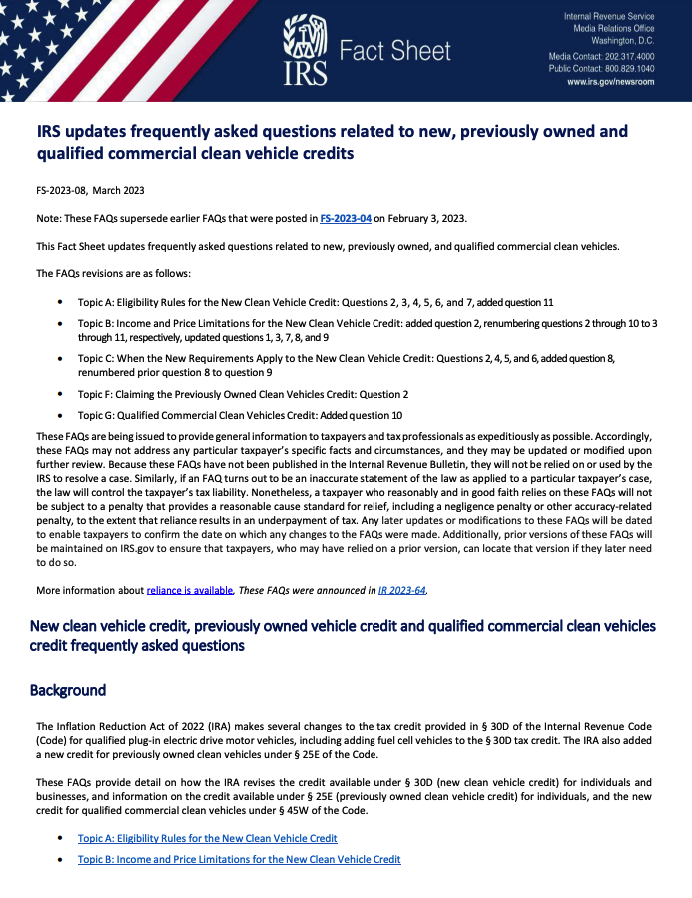Tax season can be a stressful time for taxpayers, with complex forms and calculations often leading to confusion. However, understanding tax rebates and how they work can make a significant difference in your financial situation. In this comprehensive guide, we will explore the ins and outs of tax rebates, types of rebates available, eligibility criteria, and how to claim them to maximize your refund.
What is a Tax Rebate?
A tax rebate is a refund of taxes paid by taxpayers when their tax liability is less than the total amount they have paid. This can be due to various reasons, such as tax credits, deductions, or overpayment of estimated taxes throughout the year.
Types of Tax Rebates
Tax Credits
Tax credits are a dollar-for-dollar reduction in your tax liability. They come in two types: refundable and non-refundable. Refundable tax credits can result in a refund if the credit amount is more than your tax liability, while non-refundable tax credits can only reduce your tax liability to zero.
Tax Deductions
Tax deductions reduce your taxable income, which in turn lowers your tax liability. Common deductions include mortgage interest, charitable contributions, and medical expenses.
Tax Rebate Eligibility
To be eligible for a tax rebate, you must fulfill specific requirements based on the type of tax credit or deduction you are claiming. For example, to claim the Child Tax Credit, you must meet income and residency requirements.
How to Claim a Tax Rebate
A. Steps to Claim a Tax Rebate
- Gather required documentation: Compile all relevant financial records, such as W-2 forms, 1099s, and receipts for deductions.
- Choose a filing method: Select between paper filing, electronic filing, or using a tax professional to prepare your return.
- Complete your tax return: Fill out the appropriate forms, making sure to include all relevant credits and deductions.
- Review and submit: Double-check your work for accuracy, sign the return, and submit it to the IRS before the deadline.
B. Tips and Strategies
- Stay organized: Keep all financial records in one place to save time and ensure you don’t miss any potential deductions.
- Research credits and deductions: Understand the different tax credits and deductions available to maximize your rebate.
- Seek professional help: Consult with a tax professional if you are unsure about your eligibility or need assistance in claiming a tax rebate.
- File on time: Submit your tax return before the deadline to avoid penalties and interest charges.
- Use tax software: Utilize tax preparation software to make filing easier and minimize errors.
- Adjust withholding: If you consistently receive large tax rebates, consider adjusting your withholding to receive more money in your paycheck throughout the year.
Conclusion
Tax rebates can provide much-needed financial relief during tax season. By understanding the different types of rebates, determining your eligibility, and following the steps to claim them, you can maximize your refund and improve your financial situation. Don’t hesitate to seek professional help if needed, and always stay organized and well-informed to make the most of the tax rebate opportunities available to you.
Get All Tax Rebates for 2023
